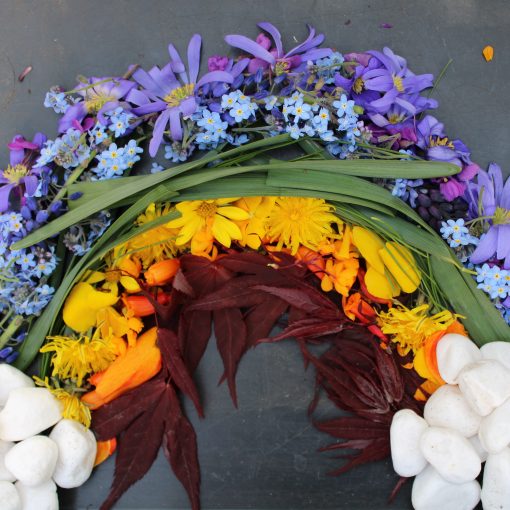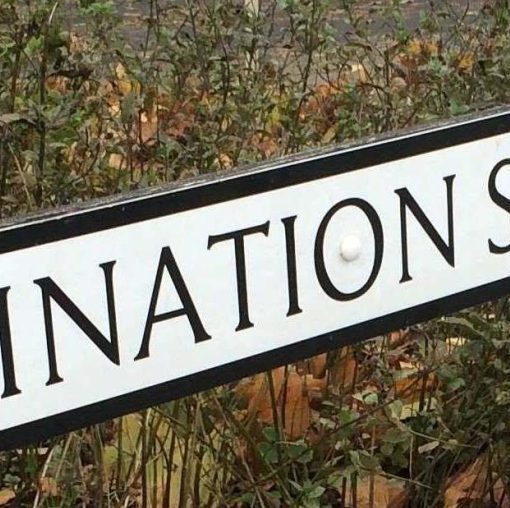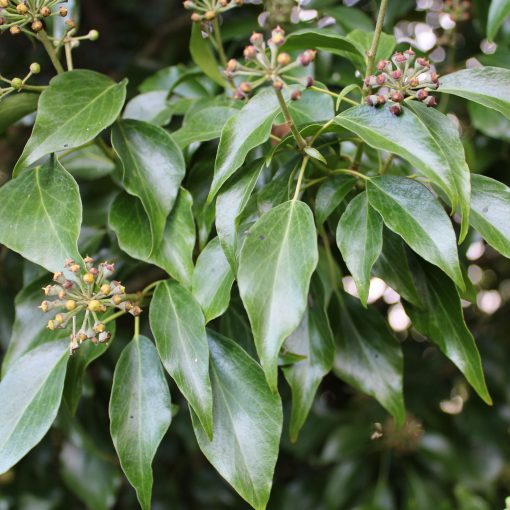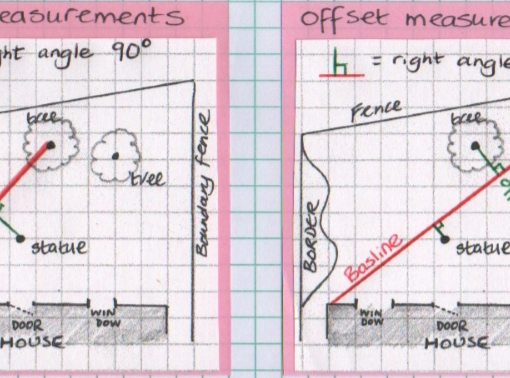This post is relevant to the old syllabus R2101 (science) and R2114 (protected cultivation) and the new syllabus, unit 1 topic 1 element 6 (science)
10 ways leaves are designed for photosynthesis.
Firstly, let’s remind ourselves what the parts of the leaf are called and how photosynthesis works. Watch this excellent video:
https://www.youtube.com/watch?v=bf_SfS6q5Fk
Introduction
This topic is covered in both the old and new syllabus. It is important in 2 RHS modules of the old syllabus; R2101 (Science) and R2114 (Protected Environments (greenhouses etc). It is also covered in Unit 1 Topic 1 Element 6 of the new syllabus (photosynthesis and respiration) and Element 4 (internal plant structures.) and Element 3 (External parts of the plant)
If it wasn’t for leaves there would be no us. Plant leaves capture energy from the sun to make their own sugars and then they utilise these sugars to release energy to enable them to grow – a bit like all those lockdown calories that we consumed and didn’t manage to use up! Plants are the start of the food chain because of this ability to use sunlight to make sugars which is called photosynthesis. The thing I like about photosynthesis as a study topic is that there are lots of ways to link theory to practical application. This is covered at the end.
Photosynthesis definition
The syllabus says that the process of photosynthesis should be described in words rather than as a chemical equation so you do not need to know the chemical equation but it may help with understanding the topic.
Photosynthesis in words: Photosynthesis is a chemical process where light energy from sunlight is used to create sugars using carbon dioxide and water as ingredients and releasing oxygen as a by-product. It occurs in the chloroplasts, mainly in the palisade mesophyll cells of the leaf.
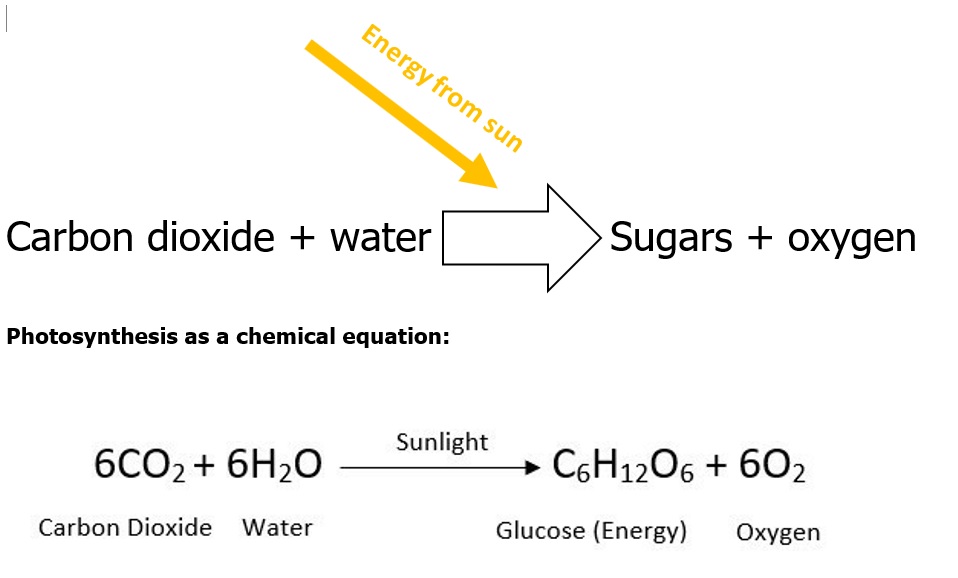
It is really important when describing photosynthesis not to forget that light energy is required for this to happen. So leaves (and sometimes the stem as that is green too) are sugar making factories. How are they designed to do this important job? Here are 10 ways leaves are designed to facilitate photosynthesis.
1. Shape and thickness
They are often broad and thin so there is a large surface area exposed to light and less distance for the light to travel down through the thin leaf where it will hit the chloroplasts in the mesophyll cells. Because they are thin carbon dioxide does not have to travel far to reach the chloroplasts. There are exceptions where leaves are small and narrow – this is often due to the plant trying to conserve water so that it can thrive in hotter / dryer climates.
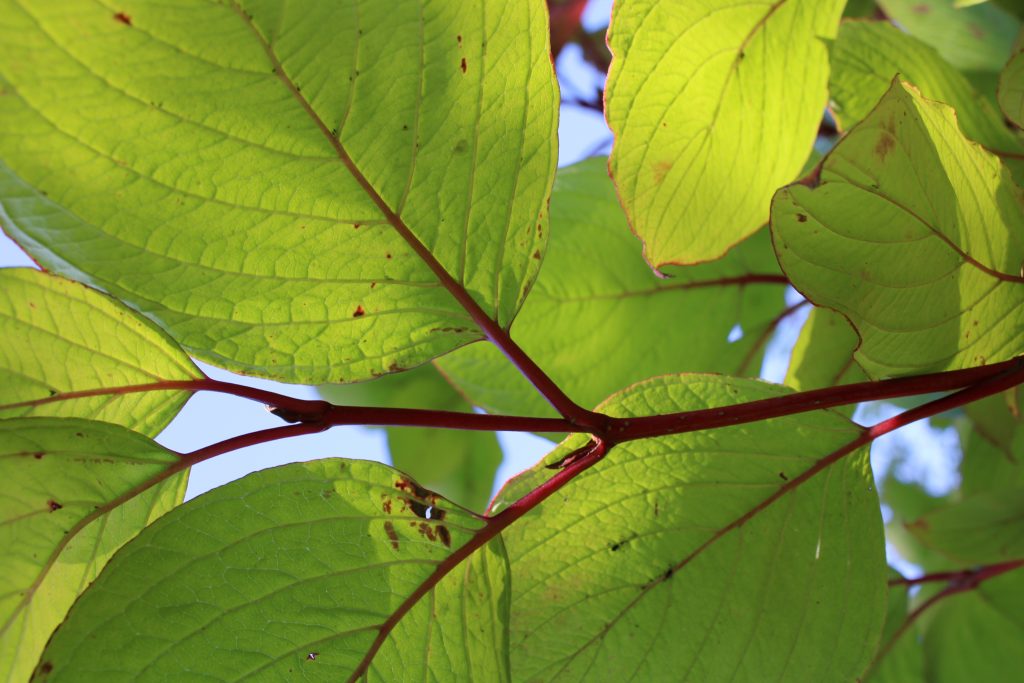
2. Attachment to stem to space out leaves.
Leaves are often held away from the stem by the petiole and are positioned so that they do not shade each other. The petioles may be positioned on the stem opposite to each other or on alternate sides of the stem. In Fatsia japonica the leaf petioles vary in length so that leaves are held in different positions to minimise shading of each other.
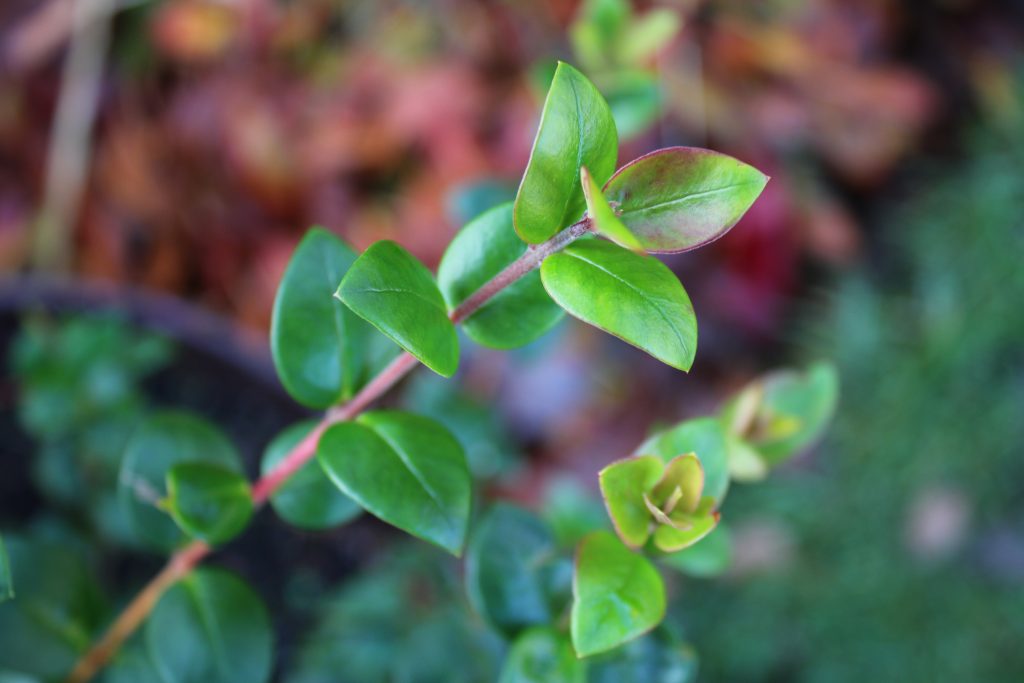
3. Plants will grow and bend towards the light.
Plants which are not adapted for low light conditions ‘think’ there is some other plant shading them, so they grow fast and towards the light source to try to position themselves above the plant which is shading them. Seedlings become stretched and lean towards light when grown on a North facing window sill and outdoor plants will become ‘leggy’ and misshapen if there is not enough light or light is coming from just one side. The relative amounts of auxin hormone in the stem makes cells on one side elongate faster than on the other side so that the stem will bend towards the light source. This means that more of the plant is exposed to light for photosynthesis.
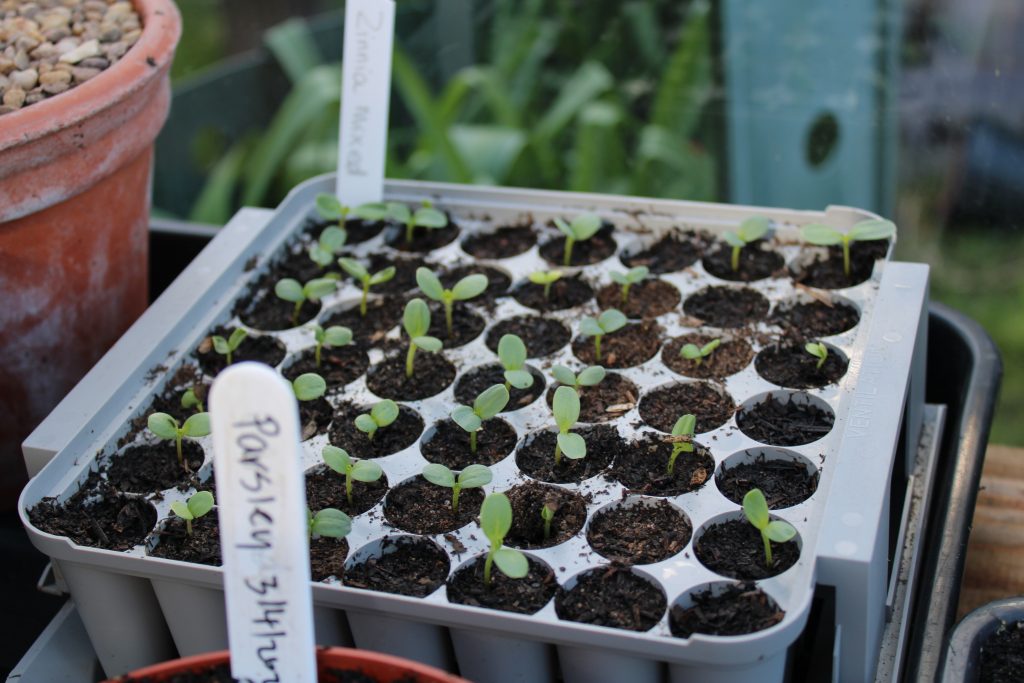
4. Thin transparent upper epidermis
A see-through thin layer (the upper epidermis and cuticle) allows maximum light to reach the chloroplasts. Some plants adapted to live in shade have lens-like epidermal cells which focus the light. The epidermis is like the glass panes on a greenhouse – most light passes through if the glass is clean and thin.
5. The majority of chloroplasts are at the top of the leaf in the palisade mesophyll cells
The palisade mesophyll cells are positioned at the top of the leaf and contain many chloroplasts. Photosynthesis takes place in the chloroplasts. Chloroplasts contain the green pigment chlorophyll which is essential for absorbing the light energy. Because the palisade mesophyll cells are concentrated at the top the light does not have far to travel and is ‘collected’ by the chloroplasts in the upper layer palisade mesophyll cells. There are also some chloroplasts in the lower mesophyll cells (the spongy mesophyll) where photosynthesis occurs. Leaves are usually greener on top compared to underneath as there are more chloroplasts in the upper surface layer.
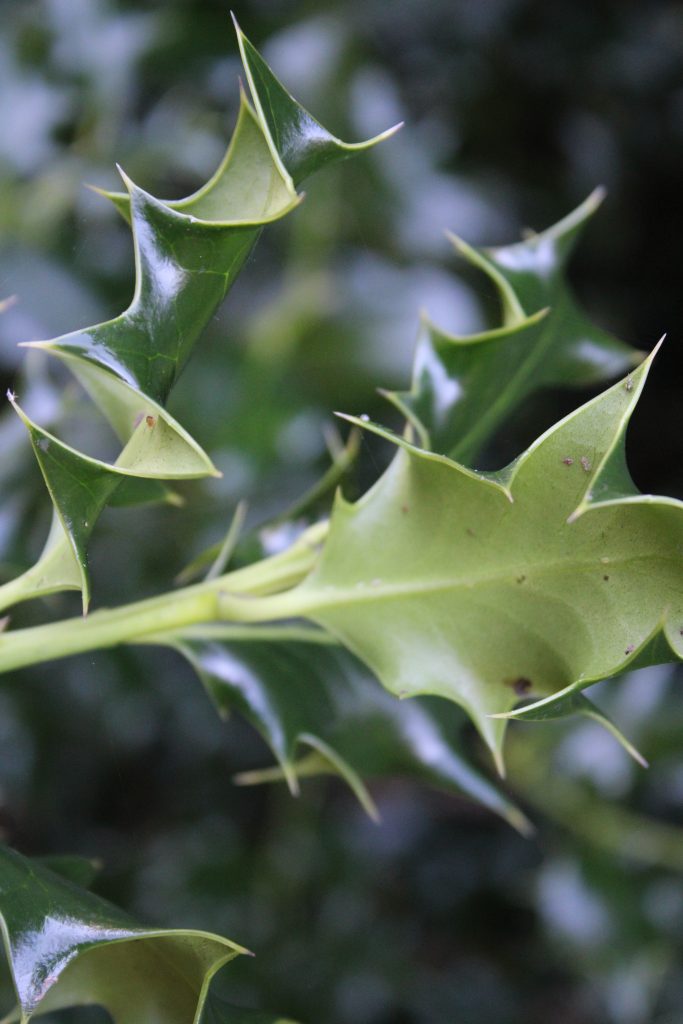
6. The ingredient water is available throughout the leaf
The xylem tissue transports water to the leaf via the petiole and midrib which then branches into a network of veins running throughout the leaf. (reticulate venation in dicots/eudicots) Water is an ingredient of photosynthesis and also keeps leaf cells turgid so that wilting does not occur which would reduce surface area exposed to light. Water is also important in the guard cells which control the opening and closing of stomata which allow carbon dioxide to enter.
7. There is a way in and out for gases.
The ingredient carbon dioxide (CO2) enters the leaf via special pores called stomata by a passive process called diffusion. Diffusion is where a substance moves from an area of high concentration to an area of low concentration. CO2 enters the leaf because it is higher in concentration outside the leaf compared to inside as inside it is being used for photosynthesis so will ‘disappear’ as it is used to make sugars. Oxygen, the by-product of photosynthesis will leave the leaf via the stomata by diffusion. The problem is that water too will exit via the stomata, particularly if weather is hot or windy so sometimes the guard cells will close stomata to conserve water and CO2 will not be able to enter the leaf.
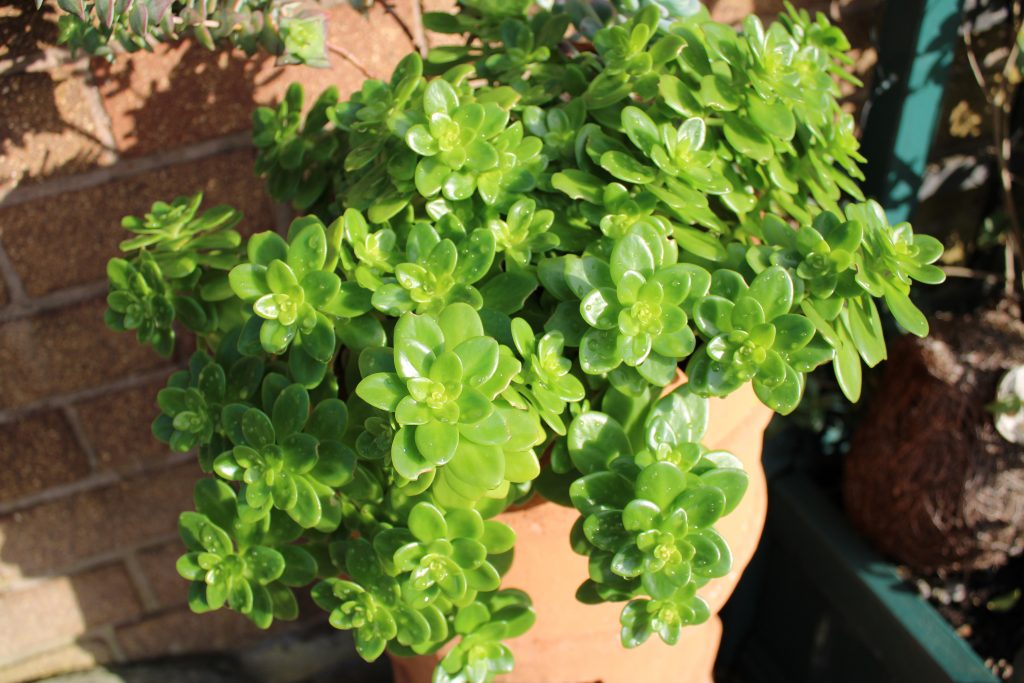
8. A waiting room for gases
The spaces between the leaf spongy mesophyll cells are just as important as the cells. In the spaces, CO2 can accumulate and move around faster as CO2 moves faster in air than in solution. This provides the difference in CO2 concentration between CO2 inside the leaf and CO2 outside the leaf allowing passive diffusion to take place. Having the space inside provides a ‘room’ for the CO2 to collect.
9. Phloem vascular transport system
The reticulate venation containing phloem tissue is available to take away the sugars that are manufactured in the chloroplasts and distribute them to other parts of the plant where they can be broken down and used for growth and metabolic processes which require energy.
10. Adaptations for surviving low light levels
The following detail is not required for RHS level 2 study but it is interesting and explains why savvy plant selection for shady spots means they grow and thrive rather than sulk and then disappear one Winter.
Some plants can tolerate shade better than others. Shade tolerant plants can do this through various adaptations such as a lower respiration rate so they do not use up sugars as quickly which also means they do not need to make them as quickly.
Some have developed into climbers so they have long internodes and ways to grip on to supports such as leaf tendrils or twinging stems in order to reach light.
Apical dominance of trees and shrubs enables them to grow tall as quickly as possible rather than growing width ways.
Some plants have larger thinner leaves, or may have a higher concentration of particular pigments which absorb the light.
Tradescantia (pictured below to show top and bottom leaf surfaces) shows the purple pigment on leaf undersides which will reflect light back upwards.
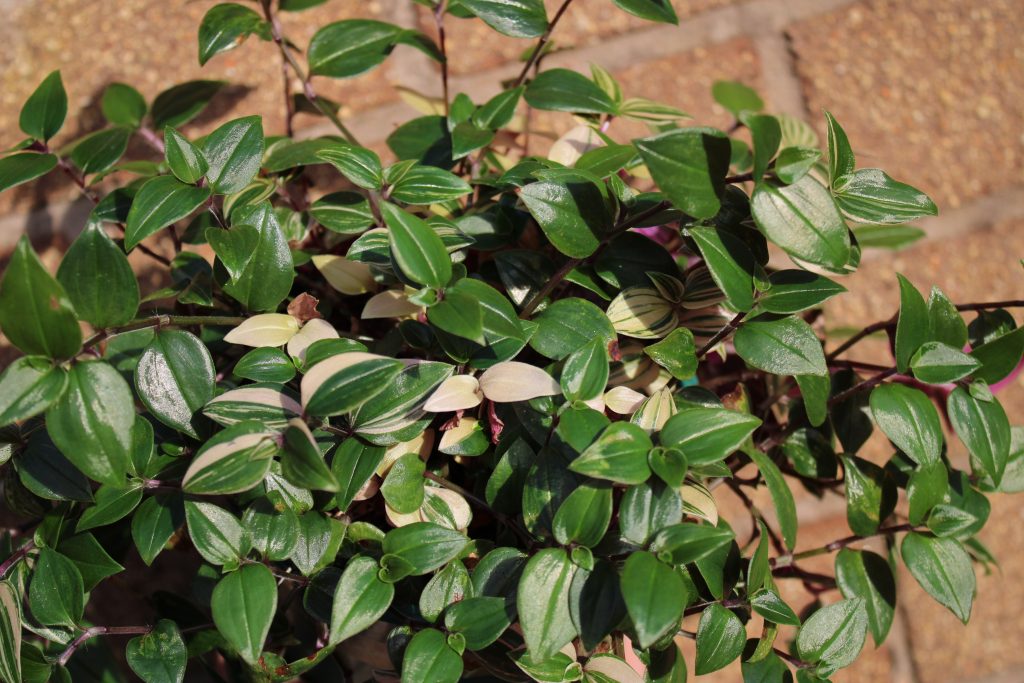
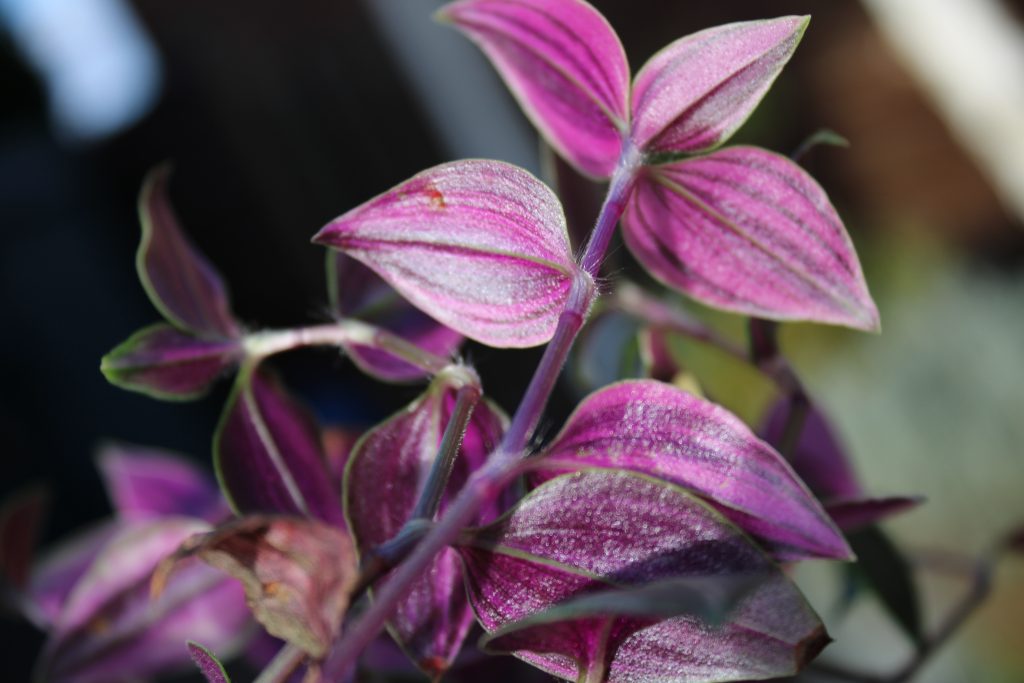
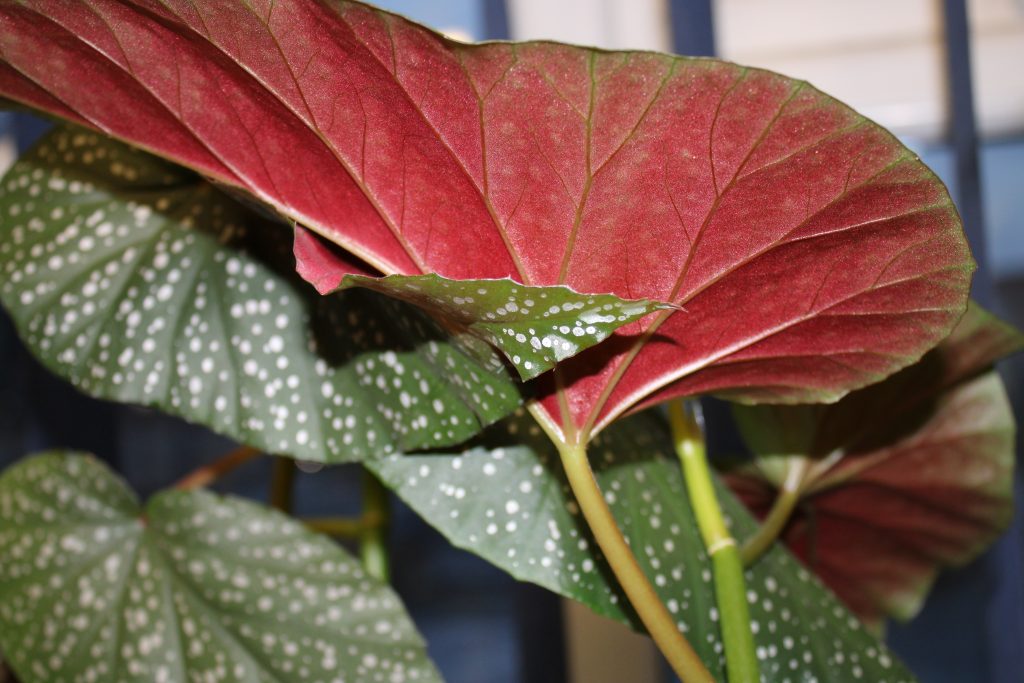
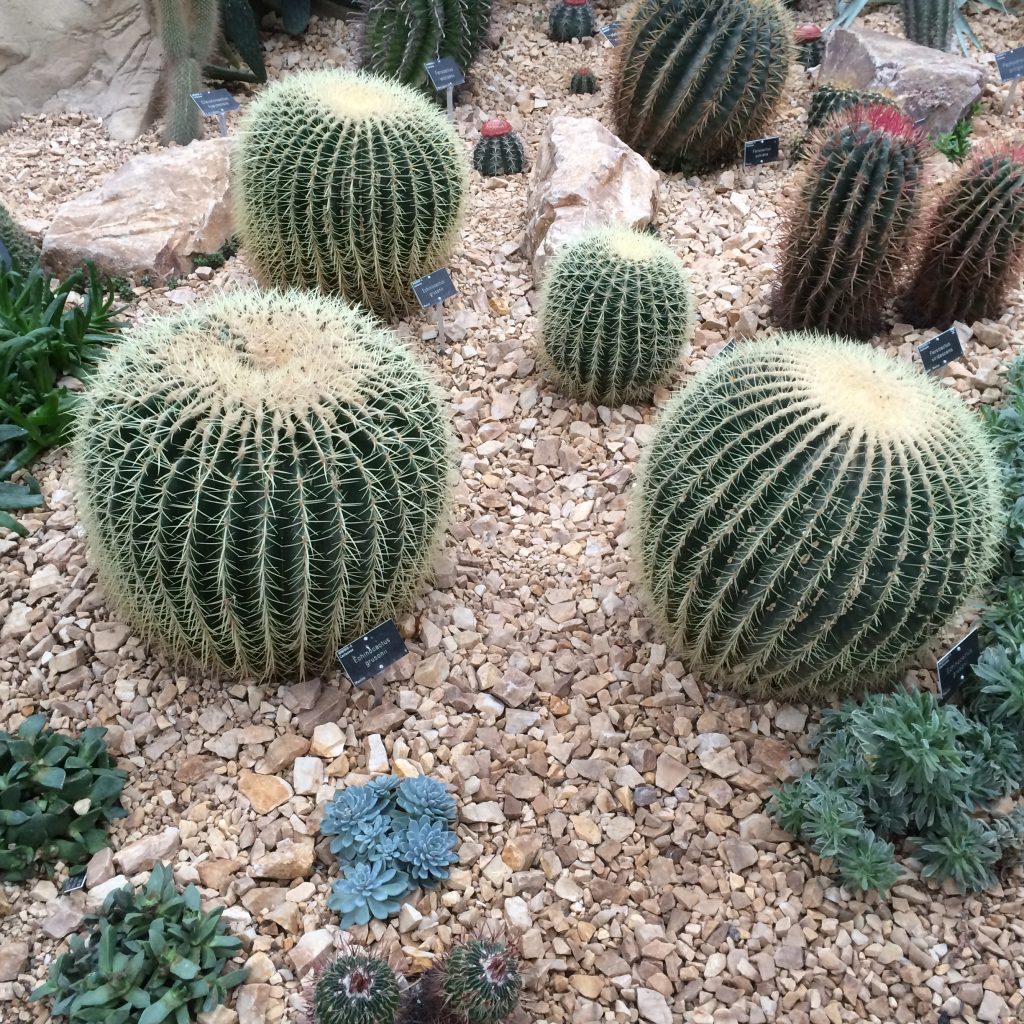
Practical application of the theory.
What do growers/gardeners do to maximise the rate of photosynthesis?
Growers want their plants to grow as fast as possible so they can offer them for sale early in the season (e.g. Summer bedding), sell crops all year round (Tomato production under glass) and they can charge more for larger plants. Therefore a lot of growing focuses on how to increase the rate of photosynthesis and under glass this can be controlled artificially.
- Grow under protection (e.g. greenhouse or polytunnel) In this sheltered environment the grower can manipulate all the factors which influence the rate of photosynthesis. Extra lighting can be provided, temperatures controlled using heaters and cooling fans/ventilation and adequate water supply and carbon dioxide supply maintained.
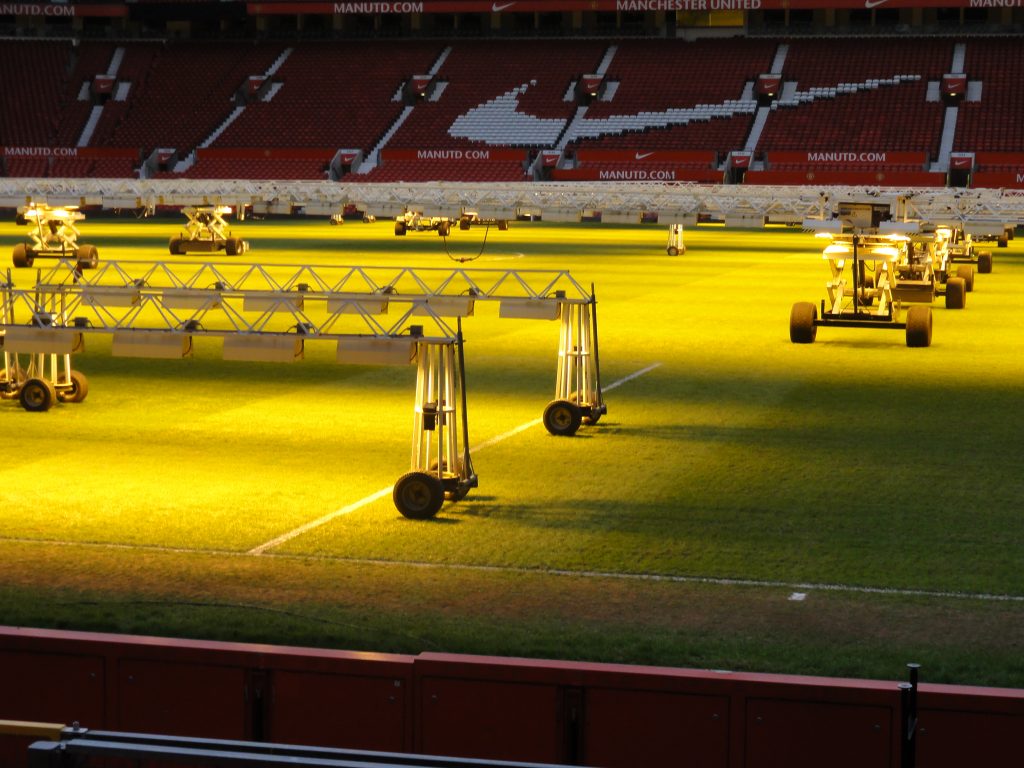
- Keep it clean: If growing in a greenhouse keep the glass clean for maximum light intensity.
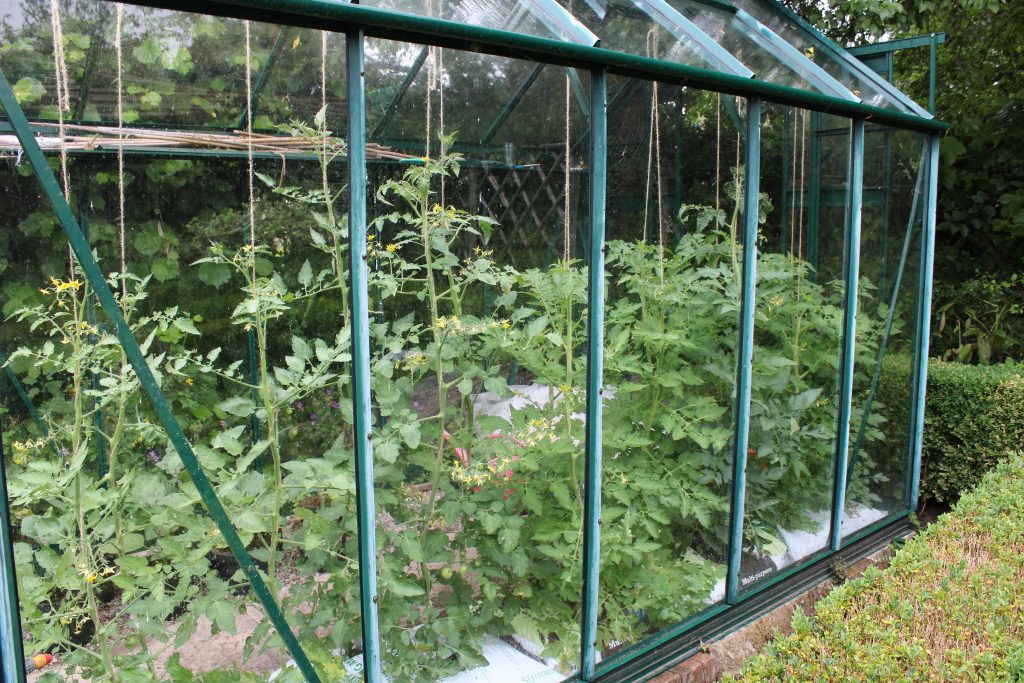
- Keep it clean. Clean the leaves of houseplants so they are not covered by dust which can block light.
- Research new plant purchases (outdoors and houseplants) because some will scorch if given too much light and some will thrive in low light levels. Right plant right place.
- Control pests and disease. If sooty moulds develop on leaves due to pests excreting honeydew (e.g. aphids, scale) this will also decrease light levels reaching the leaf.
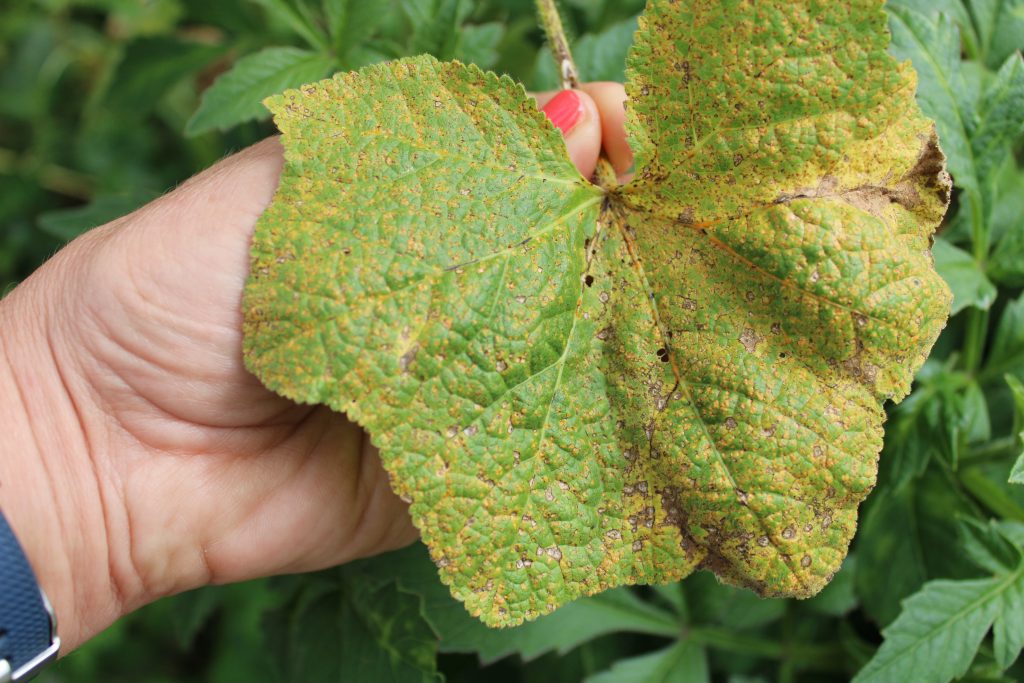
- Control irrigation. Stomata close when the plant has water stress so it is essential that sustainable irrigation techniques maintain open stomata during the day so CO2 can enter the leaf and also leaves remain upright rather than wilting.
- Buying big is worth the money for shade lovers. When buying specimen plants for shady areas it is worth paying for a larger specimen as growth is slower. Alternatively pot on smaller plants and grow them on in lighter positions before transplanting to the shady spot. You will save a fortune!
- Feed shade lovers. Many shade lovers grow naturally on a fertile forest floor so thrive in nutrient rich conditions.
- Know the height and spread of new plant purchases so they do not shade each other and they are positioned correctly in the border.
- Space them out. Do not plant plants too close together, space out containers in the greenhouse environment and when sowing and thinning vegetables make sure they are spaced correctly.
Limiting factors and Photosynthesis
The Law of Limiting Factors (Summary)
A limiting factor is simply anything in short supply that will limit the rate of photosynthesis. Photosynthesis has three limiting factors:
- Light (Intensity, wavelength and duration)
- Carbon Dioxide concentration
- Temperature
- If a process is influenced by more than one factor, the rate of the process will be limited by the factor that is in lowest supply.
- For example, if there is not enough CO2, then optimising light intensity and / or temperature will have no effect as there is still not enough CO2.
- It is not possible to increase photosynthesis by increasing a factor already in adequate supply.
- The slower the rate of photosynthesis the slower the rate of growth so growers do not want anything to limit the rate of photosynthesis.
This video is an excellent summary of photosynthesis and factors which limit the rate of photosynthesis:
https://www.youtube.com/watch?v=rAJGnS_ktk4


